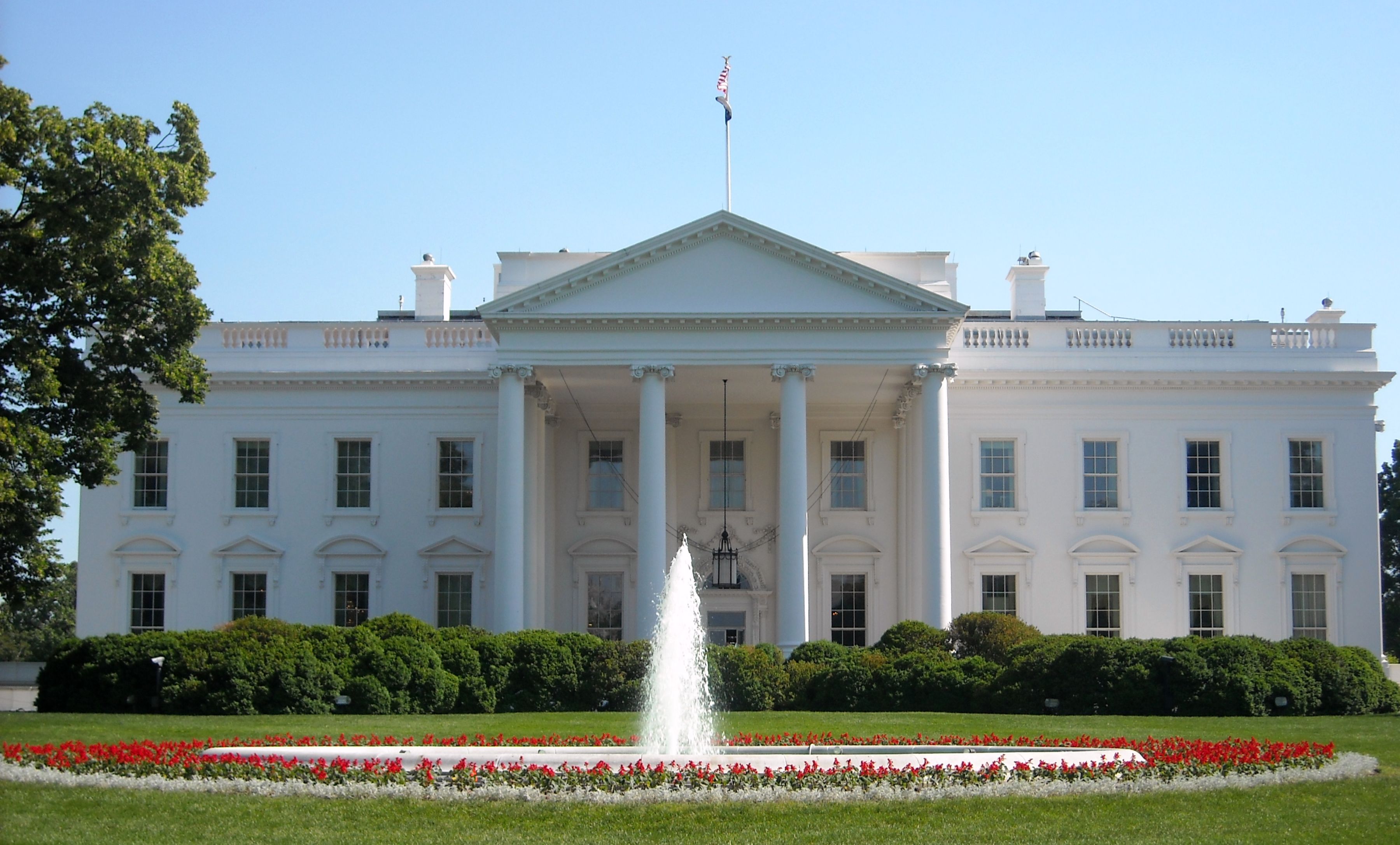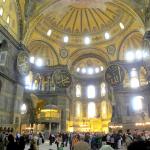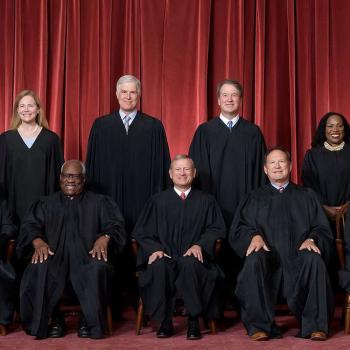President Trump is considering an executive order requiring that new federal buildings–post offices, agency buildings, government offices, and other public structures–be constructed in traditional and classical designs, as opposed to the designs of modernist and post-modernist architecture.
Predictably the proposed executive order–which has not been approved by the president but is only under consideration–has provoked outrage from the architectural establishment, the contemporary art world, and our cultural masters.
But mathematics professor and architectural theorist Nikos Salingaros points out that a substantial body of scientific research has found that the elements of classical design–such as symmetry, harmony, proportion, and order–contribute to a sense of well-being for the people seeing or inhabiting those buildings. Whereas the newer design elements–such as asymmetry, clashing forms, distortion, and disorientation–create the sense of a “hostile environment.”
From Nikos Salingaros, If Science Truly Won, The Era Of Modernist Architecture Would Be Over:
Healing environments have particular features, such as hierarchical subdivisions. To illustrate this concept, let’s imagine a 19th-century room. Structural subdivisions of the interior, for example, include window frames, window mullions, wide doorframes, paneled doors, floor baseboards, generous trim and cornice moldings, etc. Divisions are all coherently balanced with each other, defining symmetries that our brain recognizes.
Nothing is misaligned, and care is taken that we see continuity and mirror symmetries. This is important, otherwise asymmetry alarms our brain and creates stress. Divisions of large-scale forms make tectonic sense and are neither arbitrary nor superficial.
Moreover, the material divisions continue into the smaller scales, going down to the complex, organized texture. At this smallest scale, ornament and natural texture invite our touch, which is an essential component of soothing architecture.
Contrast this welcoming aspect of traditional (and new adaptive) architecture with the willful Modernist substitution of either cold, smooth glass panes, polished metal, or harsh brutalist concrete that scrapes your skin if you inadvertently rub against it. This sadistic treatment of users is part of architecture school indoctrination as the “honest treatment of materials” — just one of the fallacious slogans that turned architecture into such an inhuman experience. . . .
People instinctively sought to build an environment they felt comfortable in, rather than a source of anxiety. . . .
Religious traditions emphasized seeking a higher order of coherent structure as a joint practical/spiritual ideal, and rejecting disorder, misalignment, and any other geometrical features that made us feel anxious. . . .
The historical reversal of design properties from healing environments to cold, hostile ones is not accidental. It came about as the deliberate break with the past. For almost a century, our society has misinterpreted that rupture as an aesthetic advance.
To give you an idea about what Prof. Salingaros and the draft Executive Order are referring to, consider the F.B.I. headquarters in Washington, D.C., the J. Edgar Hoover Building:

No ornamentation, little symmetry, no concern for beauty–just poured concrete–but the building is massive and inhuman. This is “brutalism.” It expresses a kind of totalitarianism, a colossal hard-edged government that can overwhelm and crush the individual citizen.
The J. Edgar Hoover Building is located at 935 Pennsylvania Avenue. Just a few blocks away and across the street is this building:

Whatever your opinion of the person who lives here at any given time, the building is pleasant to look upon. It is symmetrical, harmonious, and beautiful. It has a human scale and is resonant with historical meaning. Presidents come and go, but this is, as is often said, “the people’s house.”
Classical aesthetics–whether of architecture, art, music, or literature; not just Greco-Roman styles but also medieval, baroque, romantic, formalist, etc.–always makes reference to “nature.” Not in the sense necessarily of trees, mountains, and wildlife, but of the objective universe, of reality. That includes mathematical order and human “nature.”
This is why good teachers, for example, will tend to follow the principles of classical education–teaching content (grammar), understanding (logic), and creative application (rhetoric)–even if they have never heard of the trivium or “classical education.” This is simply what education, according to its nature, “is.”
Photo credits: U.S. Capitol, cc0-icon CC0 Public Domain, via PXhere. J. Edgar Hoover Building by Brunswyk / CC BY-SA (https://creativecommons.org/licenses/by-sa/3.0) via Wikimedia Commons. White House by AgnosticPreachersKid / CC BY-SA (https://creativecommons.org/licenses/by-sa/3.0) via Wikimedia Commons.














